I've wanted to make a DIY MIDI Fighter for a long time. But I ran into a lot of problems cause I used an Arduino Uno at first. But I just couldn't make it work since the Arduino communicates via Serial and not MIDI. I had to install at least 3 of 4 softwares to convert the Serial signals into MIDI. Sometimes it worked and sometimes not, so I decided not to use the Arduino.
So after looking after boards that already send out MIDI signals, I found the Livid Brain Jr with 16 digital and analogue inputs and 16 digital outputs. And that's all I needed for this project. It's plug and play so you don't need any additional software for the board, but you can reprogram it if you want with a software called Brain V2 config.
Here is a track I made with this device: https://soundcloud.com/sd-aka-matte/finger-flow
 Mathias Sundgren
Mathias Sundgren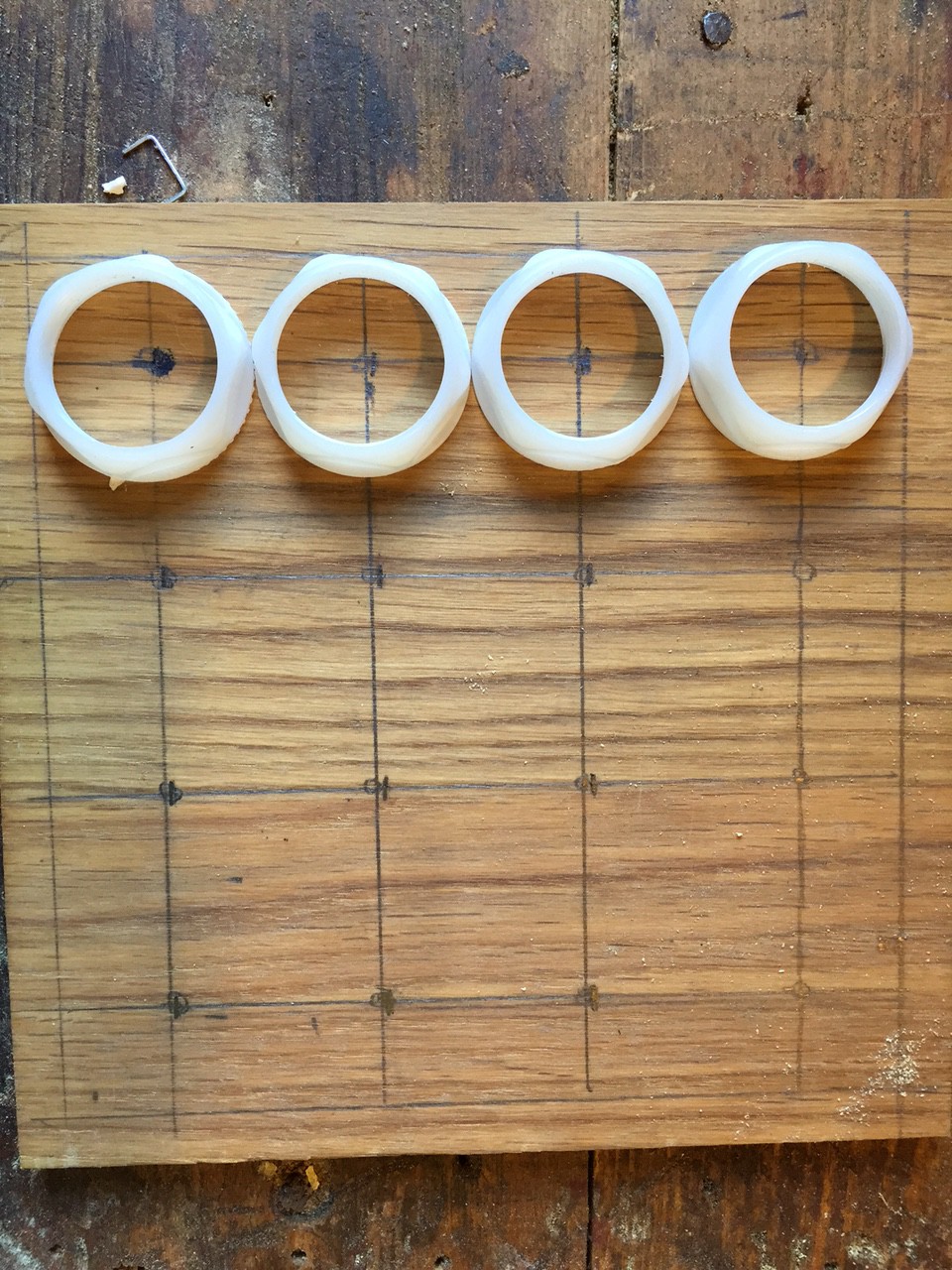
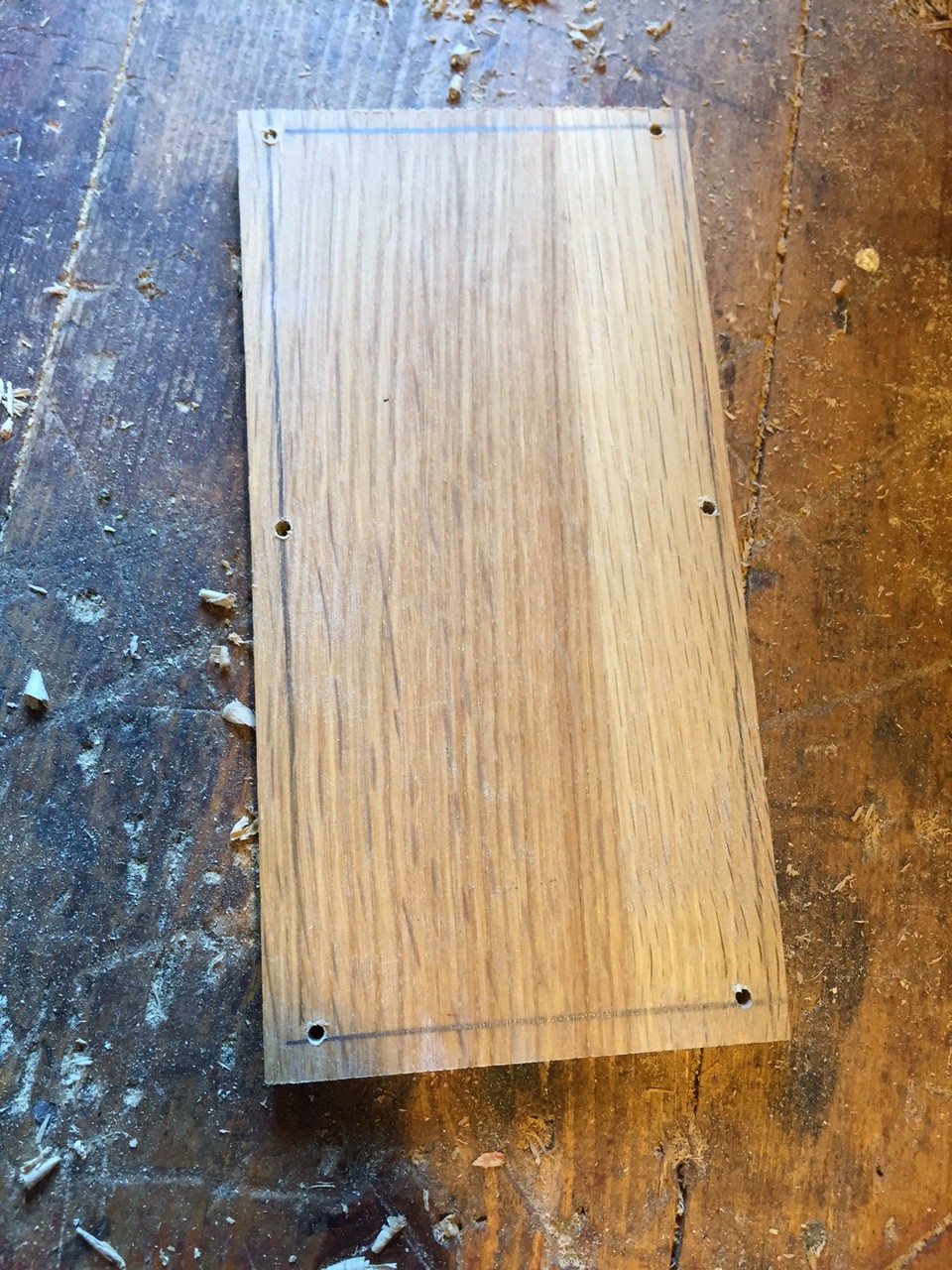
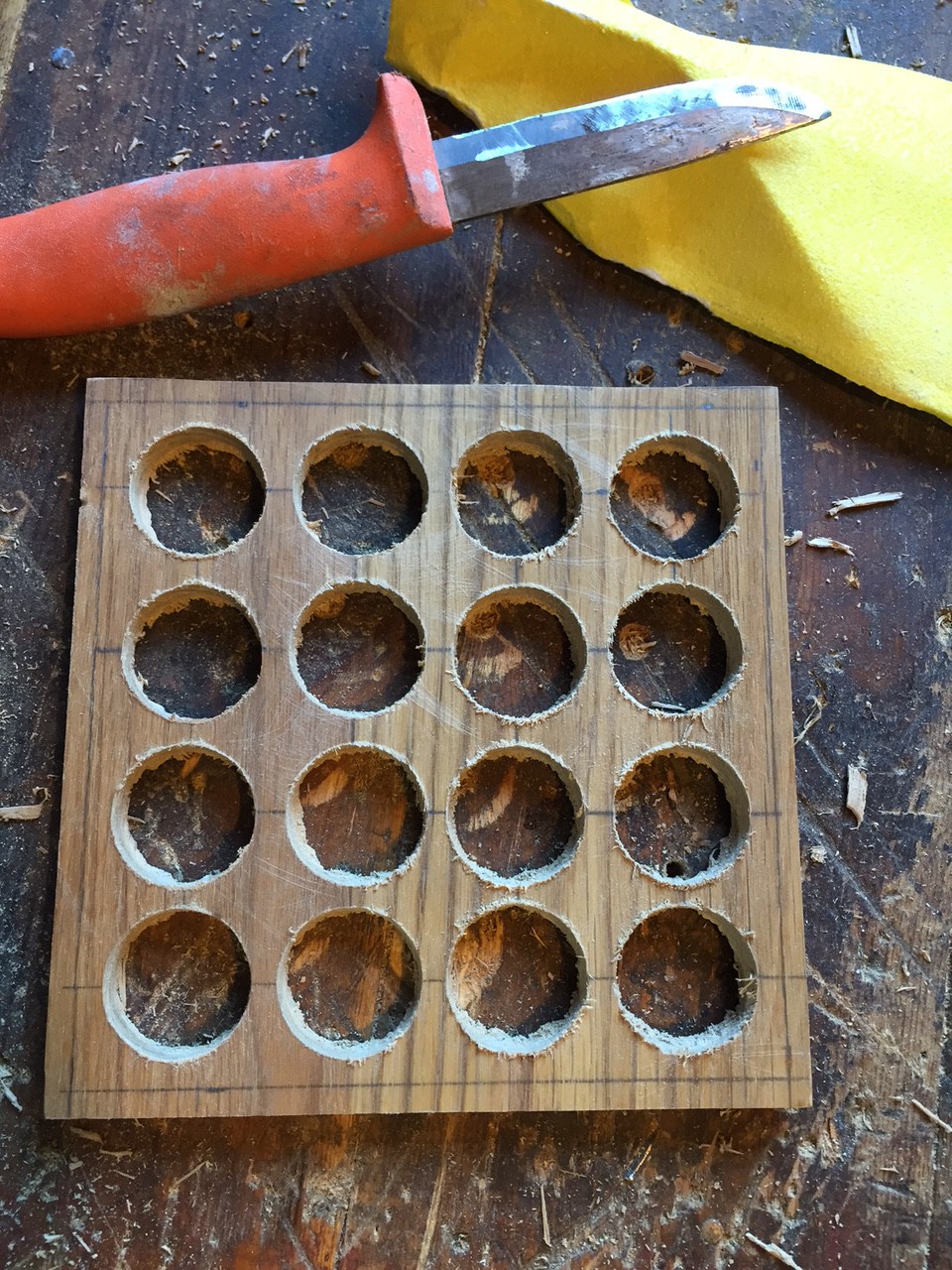
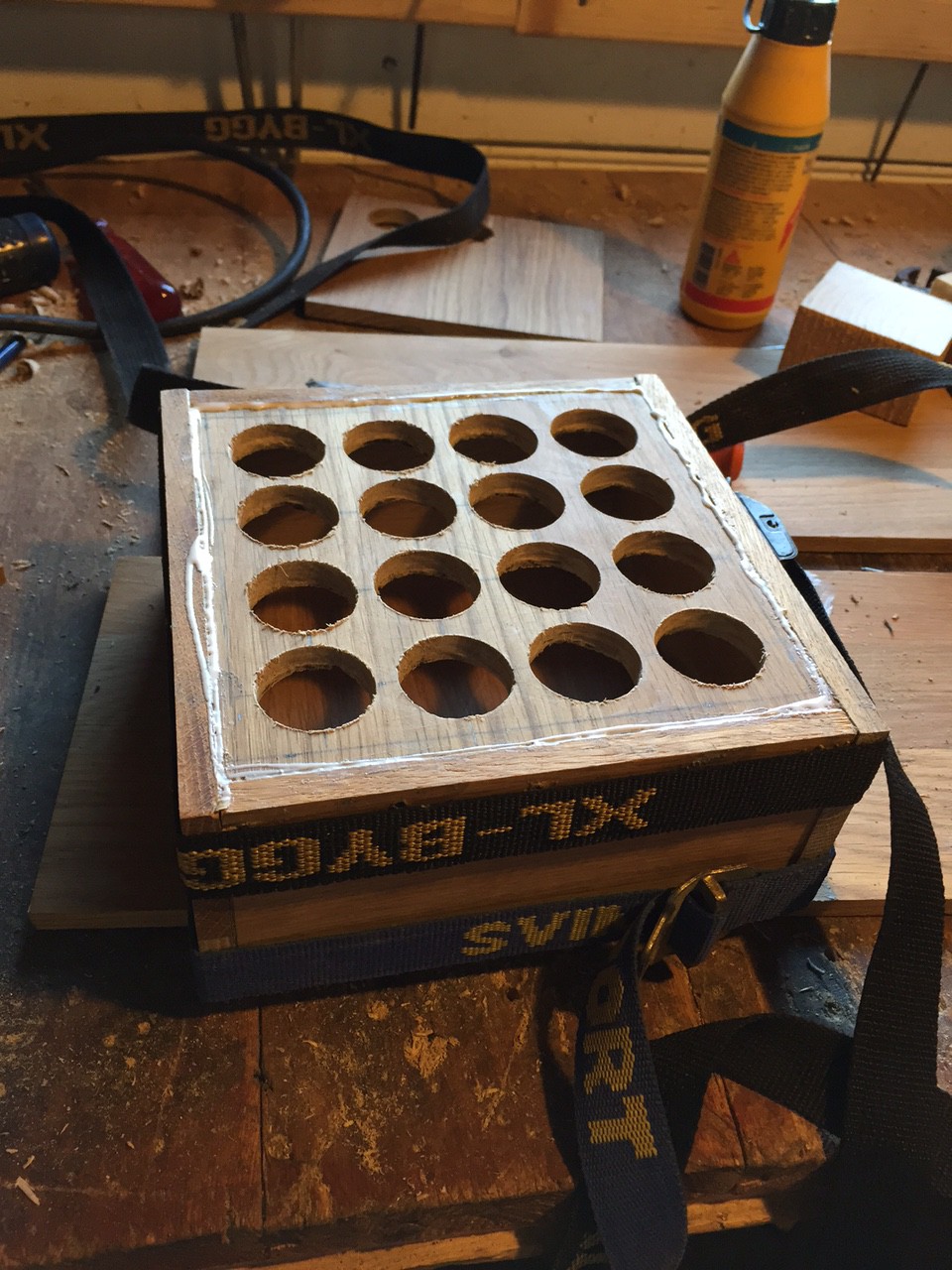


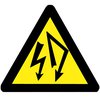
started a similar project years ago, and I'm just revisiting it now, glad others are building similar ones, more resources to share ! :)